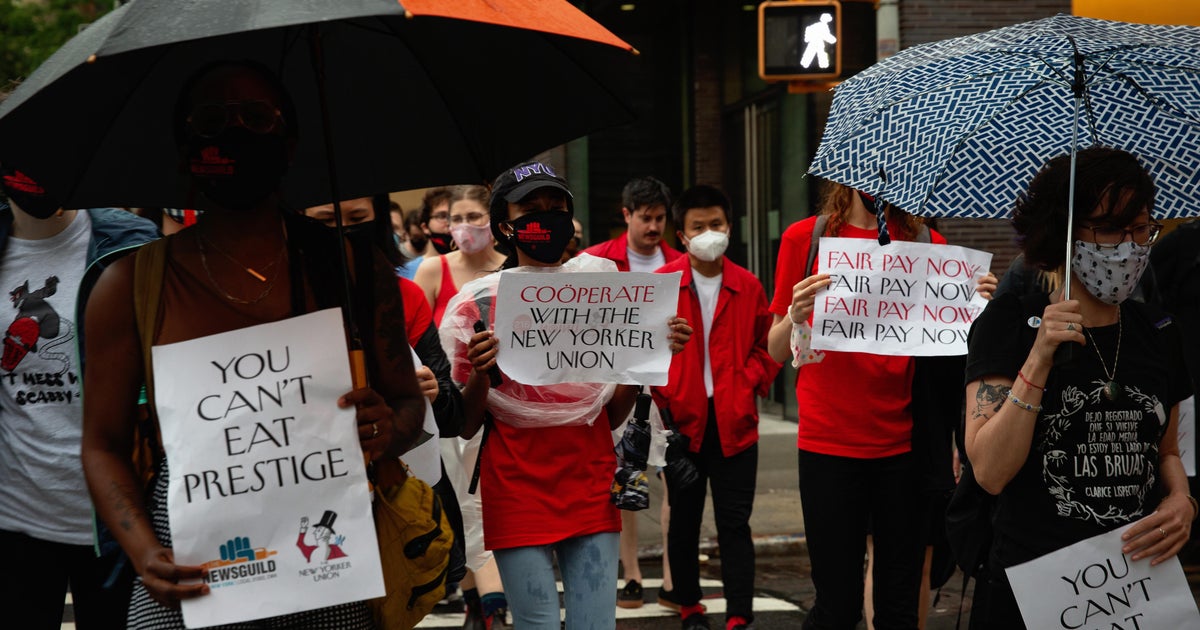Millennial tastebuds fuel a home-foodie boom
A new food flight is going on in Wall Street and in corporate boardrooms, and much of it boils down to how millennials want to eat.
Blue Apron (APRN) sold shares to the public on Thursday, as the meal-kit company hopes to cash in on demand for home-cooked food. The New York Times (NYT) on Wednesday started charging for its new NYT Cooking recipe site, asking for $5 a month to access its recipes. Amazon (AMZN) said it's buying Whole Foods (WFM) for $13.7 billion as the internet retailer seeks to expand into grocery services and delivery.
Behind these efforts are the changing tastes of millennials, who along with Generation X consumers, are four times as likely to buy a meal kit than older generations. Investors are banking on services like Blue Apron to bridge the gap between casual dining chains like Appleby's and more elaborate, time-consuming home-cooked meals.
For younger consumers, spending money to save time on shopping and planning feels justified, even if it's causing indigestion with casual dining restaurant chains.
Yet whether that will parlay into a long-term, winning business strategy isn't clear. For one, the meal-kit industry includes a host of similar rivals such as Hello Fresh, Peach Dish and Plated, while grocery chains are also offering meal-kit services, such as FreshDirect and Publix.
Amazon's purchase of Whole Foods may lead to the e-commerce giant taking on Blue Apron directly, said Cooper Smith, head of Amazon research at analytics and research firm L2.
"When Amazon launches this type of service eventually, that's who they'll be catering to: young people and busy people who want convenience, healthy options, and they want choices," Smith said.
Amazon's expansion into the grocery business is one reason Blue Apron reduced the price for its IPO to $10 per share, instead of the $15 to $17 it earlier had expected, Smith said.
"There's this mentality that what's good for Amazon is bad for everyone else. We learned that in the media and apparel industries, and now that's playing out in the grocery industry," he said. "That's why you see a lot of negativity around Blue Apron's IPO."
At the same time, the grocery industry -- including prepared foods and meal kits -- offers a huge opportunity for Amazon. It wants to grab as much of the discretionary spending of its Prime consumers as it can, and grocery remains the one big industry where it hasn't yet made inroads, Smith said.
Prime members "tend to be high-earning millennials in the coastal cities," he said. "We're seeing a shifting tide where consumers also want to have the option of cooking with their own ingredients, which is why meal-kit delivery made so much sense."
Who'll ultimately dominate in the battle for the millennial kitchen remains to be seen, of course. Blue Apron lost $52 million in the first quarter of this year and may continue to lose money for the "foreseeable future" as it invests in its operations and marketing, it said in a regulatory filing.
Whatever comes next, expect disruption, according to Gallup. It predicts grocery stores will suffer unless they can cater to millennials' preferences for convenience as well as lower prices. Millennials, notoriously burdened by student debt and lower-paying jobs, are actually spending an average of $13 less a day than they did in 2008, which may be another reason some restaurants are suffering.
When it comes to how consumers allocate their dollars, one company's gain may be another's loss.



